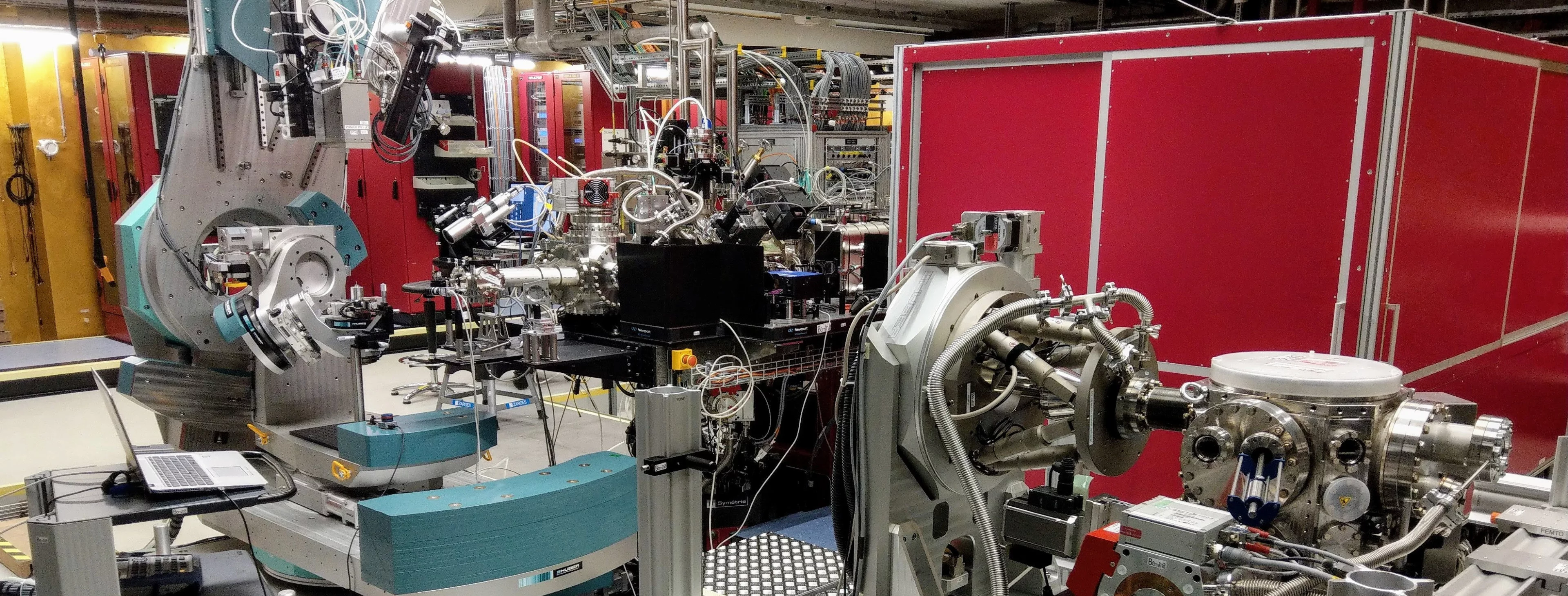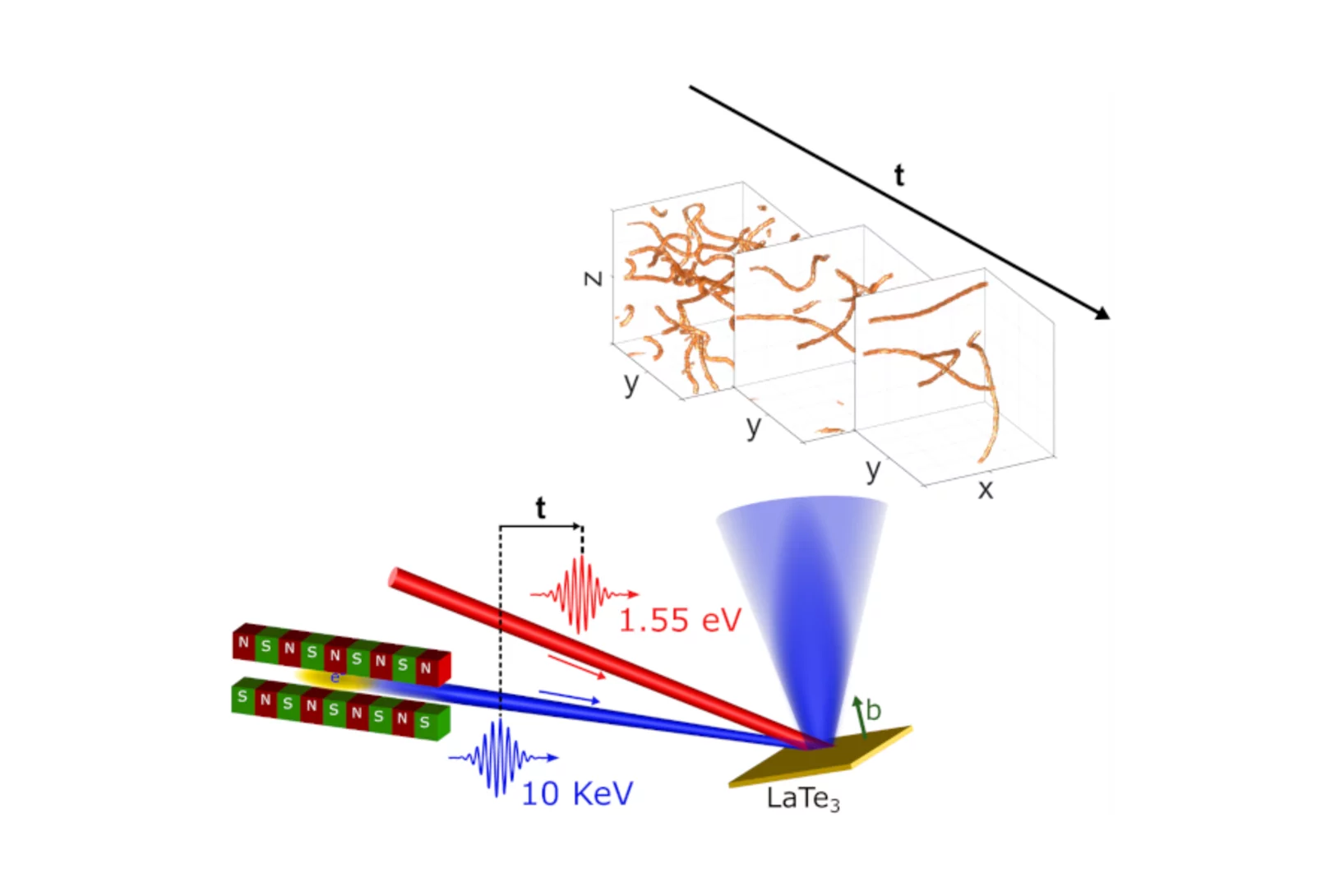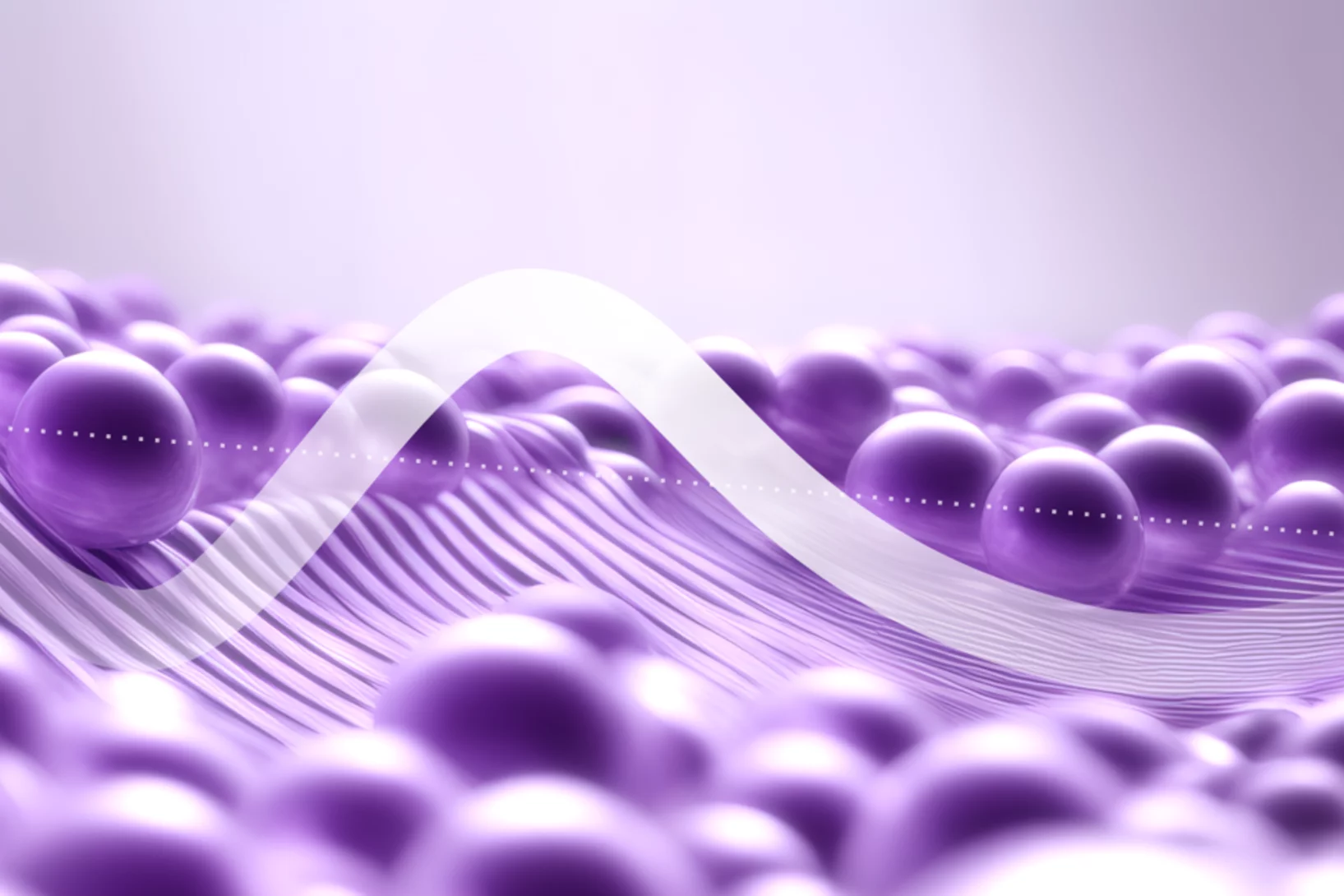SwissFEL Instrument Bernina
The Bernina instrument is specialized for studying ultrafast phenomena in condensed matter systems with high specificity in laser excitation and X-ray probes.
The X-ray beamline design emphasizes experimental stability with state-of-the-art X-ray optical elements and single pulse diagnostics which should ensure stable FEL beam pointing and femtosecond timing over days.
A flexible diffractometer platform allows to apply different resonant and non-resonant X-ray diffraction and spectroscopy techniques in combination with heavy load sample environments like low temperature cryostats or magnets.
A large range from THz to UV light pulses can be used to specifically excite specimens in pump/probe experiments.
The versatile instrument is operated by the Bernina Group.
Status: The Bernina Instrument welcomes users. Calls for experiment proposals end in March and September. Please visit the call website for details on the upcoming call.
Current Highlights and News
Disorder begins at the surface of quantum materials
Ultrafast X-rays from SwissFEL reveal unexpected light responses in quantum materials.
Topological defects determine evolution of charge density wave phase transition
Total scattering signals collected at SwissFEL reveal the role of topological defects when switching properties of a charge density wave material. The defect formation and dynamics after laser excitation reveals new insights into the functionality of quantum materials.
Controlling magnetic waves in a spin liquid
Scientists at the Paul Scherrer Institute PSI have shown that excitation of a spin liquid with intense THz pulses causes spins to appear and align within less than a picosecond. This induced coherent state causes a magnetic field to form inside the material, which is detected using ultrashort X-ray pulses at the X-ray Free Electron Laser SwissFEL.
User Contact Points at PSI




